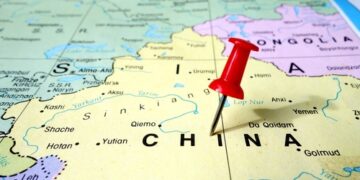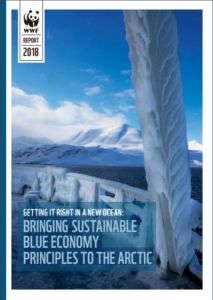WWF’s Arctic Programme published the ‘Getting it right in a new ocean’ report focusing on how the Arctic’s biodiverse ocean resources and economies can be developed to ensure long-term, economic and ecosystem health for the region and the planet. The report underlines the importance of ensuring any future development promotes a healthy, biodiverse Arctic that benefits all life in the region.
Namely, the report draws the attention on the matter that conventional approaches to development threaten the viability of much of the region’s distinctive ecosystems, undermining sustainability for communities and economies.
The report, which was published during the first global Sustainable Blue Economy conference, describes how because of the ice melting in Arctic and climate change, there is a ‘new ocean’ emerging and the negative effects it could have on the region’s biodiversity and communities.
It is supported that there will be a crucial economic development to take advantage of this ‘trend’, as US$1 trillion dollars over the next 15 years. Yet, the economic exploitation could lead to negative results on the region unless clear decisions are taken early to set a sustainable direction.
According to Dr. Simon Walmsley, WWF Arctic Programme sustainability director
Climate change is making the Arctic more accessible than ever before. But the Arctic Ocean remains a remote, and risky place to do business. By starting from a premise of sustainability before potential massive development begins, we can help prevent the most negative impacts to this highly vulnerable ecosystem.
What’s more, the Arctic and its coastlines accommodate 34 species of marine mammals, 633 species of fish and four million people including Indigenous Peoples and communities.
However, the last 10 years, Iceland has seen 400% increase in tourism, since the central Arctic Ocean shrinks, shipping and tourism are poised to become key sectors and the ecosystem’s largest economic sectors have included mining and oil and gas, services, fishing and resource processing.
Additionally, the Arctic’s vulnerable coasts and marine species such as fish, seals and whales will increasingly be affected by industrial activities, such as shipping and seismic exploration, and may be harmed by invasive species, underwater noise and oil spills without proper policies in place.
Finally, for more information see the PDF below.






























































